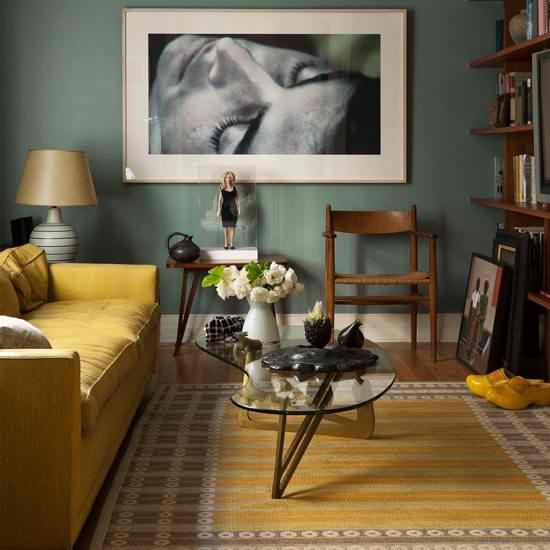How to choose a colour scheme for your house
In a country where citizens are moving away from self home construction to renting options, choosing a colour scheme for your home can get crazy. Most homeowners dread this process because they don’t know what they want and also how to go about it.
Choosing a colour scheme should not be dreaded in fact it should be fun. reason being this is the point where you are allowed to be yourself and free. Let your imagination flow.
Don’t fret, here are a few tips to guide you in this amazing phase.
Start with the most important room in the house
One of the very first things to determine when selecting a colour palette for your home is where you will spend most of your time. For most people, the answer will be the kitchen or living/family room. Choose the paint colour for this room first.
Also Read: Shelf décor essentials
Identify the constant elements
Before you even think about which colour(s) you “want” in your home, you need to identify any elements that will not change within the space. For example; flooring, cabinets, a countertop, brick or stonework on a fireplace or any expensive furnishings that you are unlikely to replace. Use a neutral colour from the fixed elements as a starting point for your colour palette.
Ideally, you’ll want to choose a neutral that is visible in or works well with the constant elements so that the space feels connected
Note where the transitions are
Look to see where the wall transitions are in your home. The number of transitions you have may limit your options. For example, if your walls have rounded corners then you will have a harder time transitioning colours from room to room because there are no obvious edges to end each paint colour on.
Note the layout of your space as well. If it’s open concept, you’ll need to consider how each paint colour will look from room to room in an open space. Even better, choose only one colour for the common areas of your open concept home, unless there are clear transitions.
Use paint sample cards to guide you
The paint sample cards that each paint company provides are designed to coordinate well together.
For a fail-safe colour scheme, choose a colour from a paint sample card, as well as one shade lighter and one shade darker to work with throughout your home.
Try to stick to no more than three colours for the common areas of your home (kitchen, living room, entry and hallways). Bedrooms and bathrooms can be a little different if you want to play around a bit with colour.
Use tints and shades of your main colours
Another safe way to coordinate paint colours is to ask your paint supplier to lighten or darken your main paint colour. Use the following guidelines to assist you:
Lighten or darken a colour by 25% for a subtle variance of colour
Lighten or darken a colour by 50-60% for a notable variance of colour

Do you have any news or article you would like us to publish? Kindly reach us via outreach@t4d.co.ke or howtodoafrica@gmail.com.




















